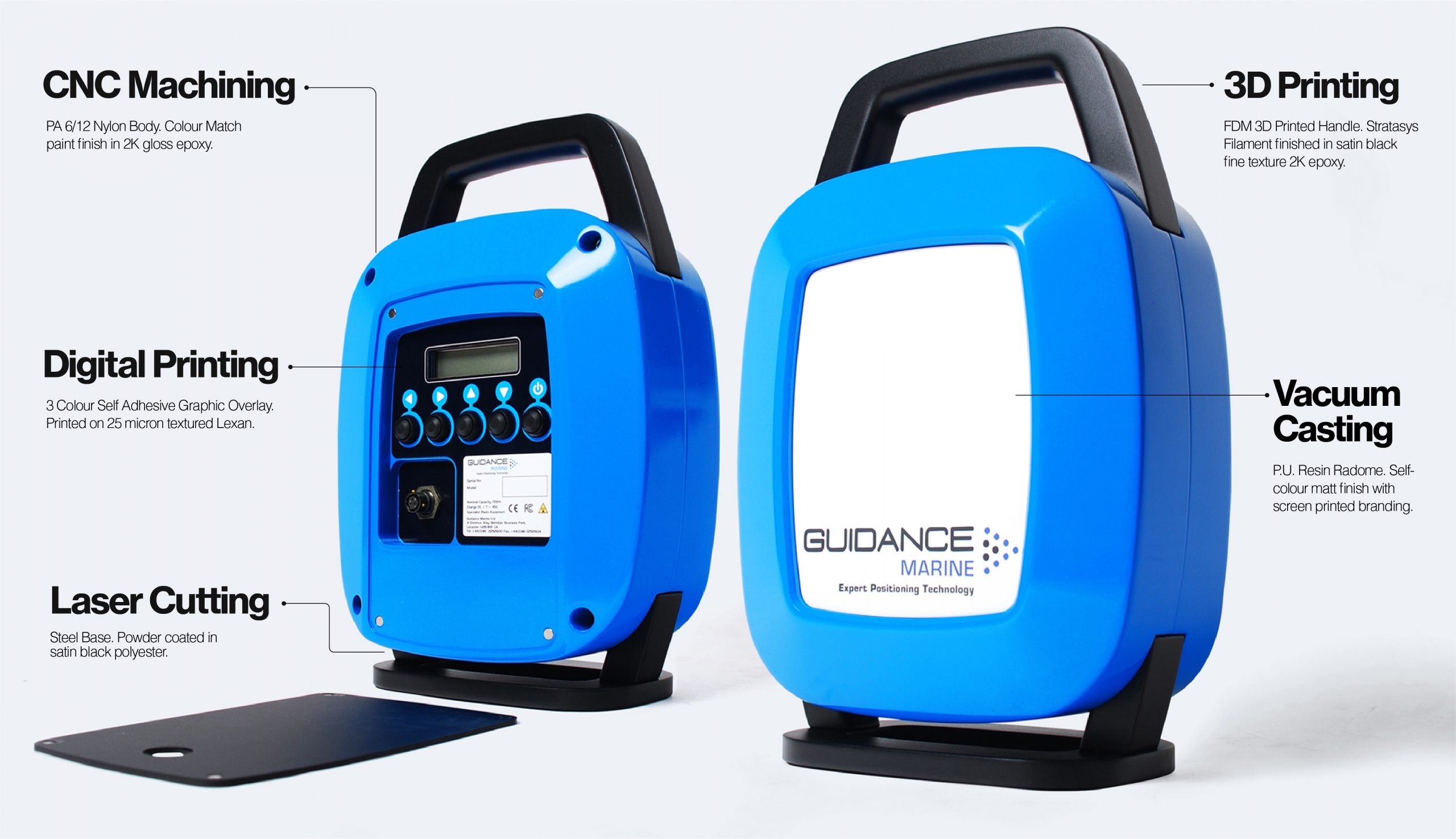Product Prototyping: A Step-by-Step Process to Turn Ideas into Reality

At Bluefrog Design we know the magic of prototyping. A prototype is more than just an early model; it’s a critical phase in the process where ideas become physical products. In this post, we’ll walk you through the ins and outs of product prototyping, each step to help you turn your ideas into reality.
Table of Contents
What is a Product Prototype?
A physical prototype is the first physical representation of your concept, a platform to play with and refine your idea. It usually starts as a basic version, so designers and stakeholders can test and improve the practical and aesthetic aspects of the concept. Prototypes are key to the iterative process of product development, they give you a hands-on understanding that theoretical designs can’t. They make the abstract concrete, so you can make better decisions and develop strategy.
Why Prototyping
Market Research
Before you start prototyping you need to understand the market. This means researching existing products, identifying your main competitors and what’s currently driving customer interest. You need to clarify your prototype’s unique value proposition (UVP) what makes your product different and better than what’s out there? This research will inform your design decisions and strategy so your prototype stands out in a crowded market. Market research is also part of the product development process and helps you resolve potential issues early on.
Design Concepts
Turning your idea into reality starts with detailed sketches and computer aided design (CAD) to create precise digital models of your product. Using CAD software we create 3D models, so you can make changes and iterate easily. This is a collaborative phase, brainstorming with different teams brings multiple perspectives to the table and enriches the design process and the innovation of your product.
Proof of Concept
The proof of concept is your idea’s first real world test. This first prototype doesn’t have to be pretty, it just has to work. It’s about the core functionality of your product, testing the feasibility and proving the concept. This stage is more about functionality than aesthetics, laying the ground for further development. Rapid prototyping can be used to test and explore ideas, so you can find potential risks early on.
Functional Prototypes
Once your proof of concept is validated, the next step is to build a physical product prototype that looks like the final product. 3D printing and CNC machining allow for fast production and iteration, so you can test different aspects of usability and performance. Gathering user feedback during this phase is key as it will influence the final tweaks before going into mass production.
Refining the Design
With feedback in hand refining your design is an iterative process. Each iteration refines the functionality and user interface of your product making it more market ready. High fidelity user prototypes are detailed and comprehensive, they are the final look and feel of the product. This stage ensures the product meets and exceeds user expectations.
Refining the Design
With feedback in hand refining your design is an iterative process. Each iteration refines the functionality and user interface of your product making it more market ready. High fidelity user prototypes are detailed and comprehensive, they are the final look and feel of the product. This stage ensures the product meets and exceeds user expectations.
Mass Production
Production Costs and Feasibility
Going from prototype to mass production involves a thorough cost and feasibility analysis. Considerations are material selection, manufacturing process and the cost of scaling up. You need to make sure the product can be produced cost effectively at scale without compromising quality.
Intellectual Property
Before you go public with your prototype you need to protect your intellectual property. Filing for patents, documenting the design process and ensuring all collaborative agreements respect your IP rights are the key steps to protect your innovation.
Launching Your Product
Launching a Minimum Viable Product (MVP)
An MVP allows you to release your product to early adopters and test the waters. This version of your product has enough features to attract customers and gather feedback for future development. This feedback loop is gold as it will fine tune your final product to meet market demand.
Scaling up for Mass Production
Once you have a successful MVP the next step is to scale up. Address the feedback from early users, refine the product and prepare for larger production are key to a successful product launch.
Get feedback
If you have a prototype already then ask questions to an audience. Family and friends may want to buy the prototype to save you from harm. Plus it doesn’t take much effort for a person to give feedback on a prototype. Find your target customers. Ask them if they would buy the service, why they would buy it, why it was changed or why it could be improved. Use the answer to make a better prototype. I want the best one.
Consider Costs while designing your product
If you have a prototype already then ask questions to an audience. Family and friends may want to buy the prototype to save you from harm. Plus it doesn’t take much effort for a person to give feedback on a prototype. Find your target customers. Ask them if they would buy the service, why they would buy it, why it was changed or why it could be improved. Use the answer to make a better prototype. I want the best one.
Get feedback
Also you have to consider cost while designing a product. It’s often necessary to go from concept to test and more. Each of them has similar costs that add up quickly. The cost will depend on the product you are building but you should know the typical cost of this activity to avoid the cash pit under the surface of costly costs.
Product Prototype Final Thoughts
Product design prototypes are a way to detect early potential issues and ensure a faultless end product. Each iteration gets the product closer to the customer. Another advantage of prototyping is efficiency. Instead of investing in a costly product with defects, businesses can make small changes. Prototypes are more important in product design than in development. The process of turning ideas from concept to tangible tests helps businesses really learn how to improve and understand concepts.
Ready to get started on a project?
Socials



